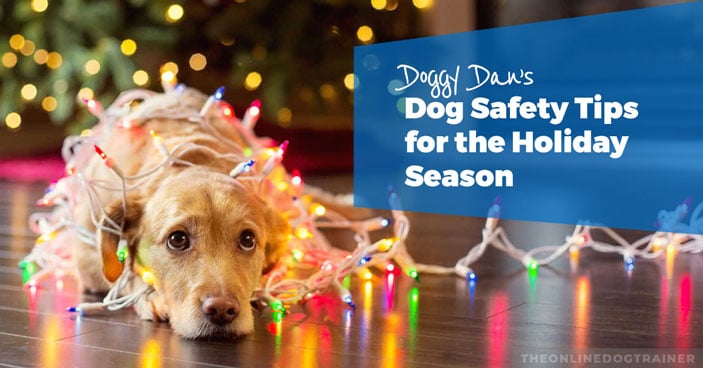 The holiday season has officially arrived!
The holiday season has officially arrived!
And while it’s often a joyous and fun season for us humans, it can also be a stressful and dangerous time of year for our canine companions.
This year, I wanted to ensure that both you and your dog are able to enjoy the holidays. So, I’ve decided to put together a post for you that covers a variety of different struggles or dangers your dog might encounter this season, along with the solutions of how to keep your dog safe.
Without further ado, let’s get right into the meat and potatoes of how to keep your dog safe during the holiday season…
Dog Holiday Safety Tip #1 – Manage Dog Anxiety
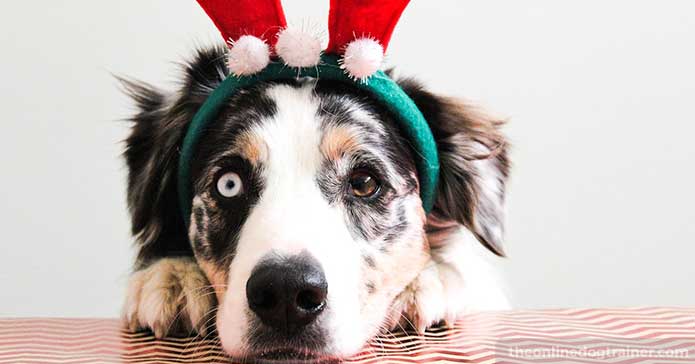
A lot of craziness happens during the holidays. Families travel, people have house-guests over for parties, and normal routines are often changed.
Unfortunately, all this change, excitement, and exposure to new people can really stress your dog out, making him unusually anxious.
And when dogs are anxious, they may exhibit signs of…
- Illness (vomiting, excessive scratching, stomach pain)
- Aggression
- Fearful behavior
To help keep your dog calm amongst the chaos, I recommend using my Calm Freeze technique as soon as your dog starts showing signs of anxiety.
Here’s a video that explains how to use the technique…
Of course, there are also going to be times when you’re in the middle of holiday festivities and can’t stop to perform the Calm Freeze.
For instance, if you’re hosting a holiday party and entertaining guests, you may not be able to stop what you are doing to help your dog settle down. During times like these, I recommend…
- Setting your dog up in a safe space—Sometimes the best way to help your dog relax is by taking him out of the situation that’s causing him stress and putting him in a safe, comfortable space. For some dogs, this might mean being locked in a crate with a soft blanket and a toy. For other dogs, shutting them in a quiet room with a cozy place to sleep is also a good option. That’s right−there is nothing wrong with letting them sit the whole thing out!
- Exercising your dog more frequently—Occasionally anxiety pops up due to a dog having too much energy. If you know you’ll be traveling or having people over at your house, be sure to get your dog out on a long walk or a take him to run at the park. This will help lower his anxiety levels.
- Monitoring your own energy—Dogs are fantastic at picking up on our energy. If you’re stressed out and anxious, it’s likely that your dog will also become stressed out and anxious. Relax, do some deep breathing exercises, and see how that helps settle your anxious dog down.
If your dog gets really wound up, I invite you to check out my program called The Dog Calming Code. This program will provide you with all the training tools you need to get your dog to relax and listen when it matters most!
Dog Holiday Safety Tip #2 – Protect Your Dog from Dangerous Holiday Food
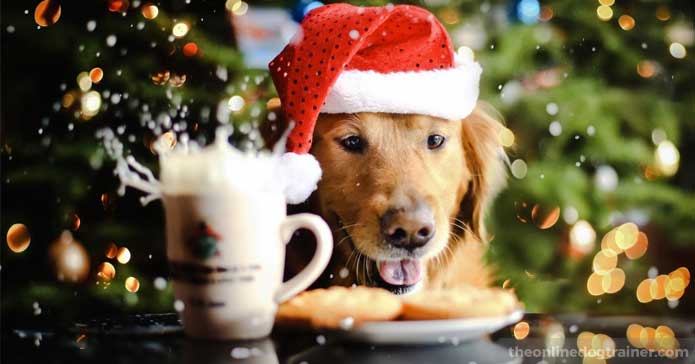
One of the best parts of the holidays is the food. And I bet your dog would agree!
That being said, there are so many things that we eat during the holidays that are incredibly dangerous for dogs. Not only could many holiday foods make your dog very sick, but certain foods are lethal.
Here’s a list of some very dangerous foods that people traditionally cook or bake with that you need to watch out for this year…
- Chocolate
- Grapes
- Raisins
- Turkey/Chicken Bones (these are a choking hazard)
- Onions
- Alcoholic Beverages
- Nutmeg
- Peanut Butter Made with Xylitol
- Walnuts
- Garlic
Avoid these ingredients, and feed your dog this instead!
Dog Holiday Safety Tip #3 – Protect Your Dog from Dangerous Holiday Plants
There’s nothing more beautiful than a display of poinsettias or boughs of holly over the mantelpiece. However, for a dog, these decorations can be deadly.
If you have a dog in your home, I strongly advise against setting up any decorations this year that include the following plants…
- Poinsettias—The chemicals in a poinsettia plant cause mouth and throat irritation, along with upset stomach and vomiting. When consumed in large quantities, these plants are lethal to dogs.
- Holly Plants—Holly, when ingested, can cause pets to suffer nausea, vomiting, and diarrhoea.
- Mistletoe—Mistletoe can cause gastrointestinal upset and cardiovascular problems. There are also varieties of mistletoe that can cause kidney failure if ingested.
- Christmas Trees (Pine Trees)—Christmas trees themselves are perfectly safe for pets. However, if you water your tree, this is where they get dangerous. Tree water often collects bacteria and can cause your dog to have an upset stomach and diarrhoea. If you have a tree, just make sure your dog can’t reach the water the tree sits in.
Note: If you must have one—or all—of these plants in your home this time of year, make sure they are high and out of reach from your pets. Or better yet, go for fake plants that are safe and can be used every year!
Don’t Forget: If you have a dog that is a chewer, the easiest approach to get him to stop that unwanted behavior is to redirect him onto something he is allowed to chew rather than trying to stop the chewing completely!
Dog Holiday Safety Tip #4 – Choose Your Holiday Decor Wisely
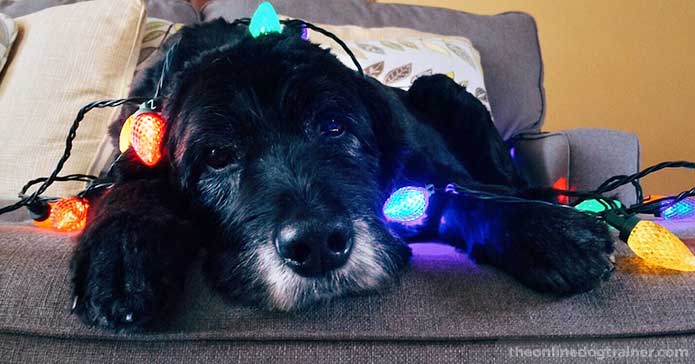
Twinkling lights, cinnamon-scented candles, and sparkly tinsel are all lovely and festive decor options for the holiday season. That being said, I want to urge you to use caution when putting out your decor.
Here’s why…
Candles:
If you have high-energy dogs that love to run around and occasionally knock things over, I’d forgo setting out burning candles. One accident and your pup could accidently set your house in flames.
For those of you that love candles and don’t want to go without them, be sure to place them on high places, like a kitchen table or mantelpiece where they can’t get knocked over.
You can also purchase flameless candles at the store which are a safe option.
Tinsel:
As for tinsel, if you have a dog who likes to taste test your decor, I suggest you stay far away from this shiny decoration. Tinsel comes in long, plasticky strands. And when ingested, it can easily get caught going through your dog's digestive tract. This can cause internal blockages, organ damage, and death.
Strands of Lights:
Most dogs won’t bother a strand of lights—especially if they are wound around a Christmas tree or are used to decorate the exterior of your home.
That being said, some dogs—especially puppies—have been known to chew on strands of lights that plug into the wall. If you have a new puppy, or a dog that loves to chew cords, make sure your light strands are off the ground where they can’t be reached.
(Struggling with naughty puppy behavior? Check out my Puppy Coach training program here!
Dog Holiday Safety Tip #5 – Be Cautious of What People Gift Your Dog
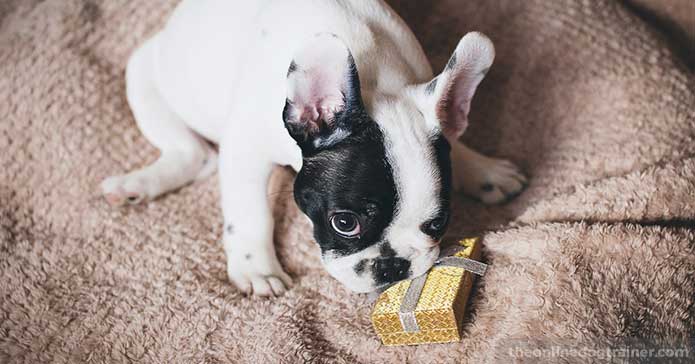
Many dogs receive gifts during the holidays. And there’s certainly nothing wrong with that!
However, it is important that you monitor what people are giving your dog.
It’s the same as having a small child. You wouldn’t want Uncle Bob to give Little Timmy a blow torch for fun, much like you wouldn’t want Aunt Jane to give your dog a cookie filled with dangerous ingredients.
A lot of times, people—especially people who don’t own dogs—think they are doing something nice by bringing your pet a gift. But, unfortunately, the gifts dogs receive aren't always healthy or safe.
What is a good, safe gift to give your dog this year? I’m so glad you asked!
I’ve put together a sheet I like to call “Doggy Dan’s Ultimate Gift-Giving Guide for Dog's.”
In this guide, I share my recommendations for gifts I know your dog will love. Best of all, the guide is completely FREE! All you have to do is download it below.
I wish both you and your dog a wonderful holiday season.

~Doggy Dan
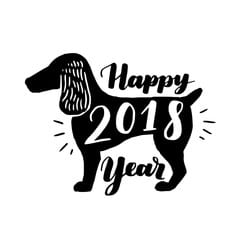




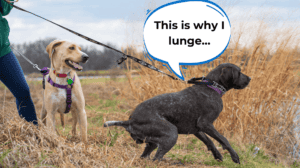
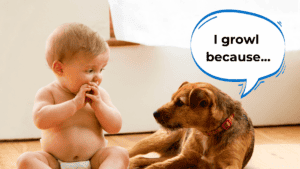
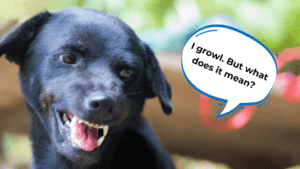
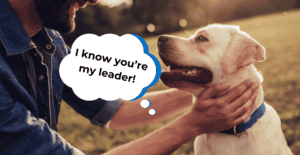
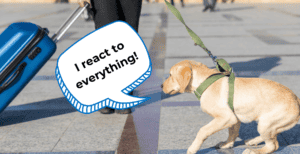
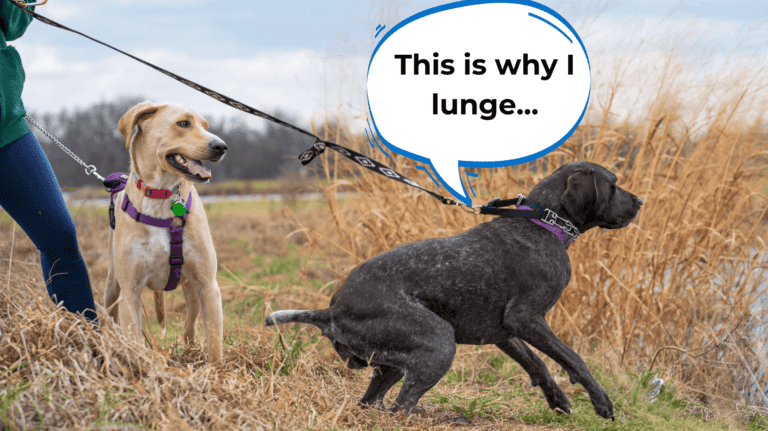
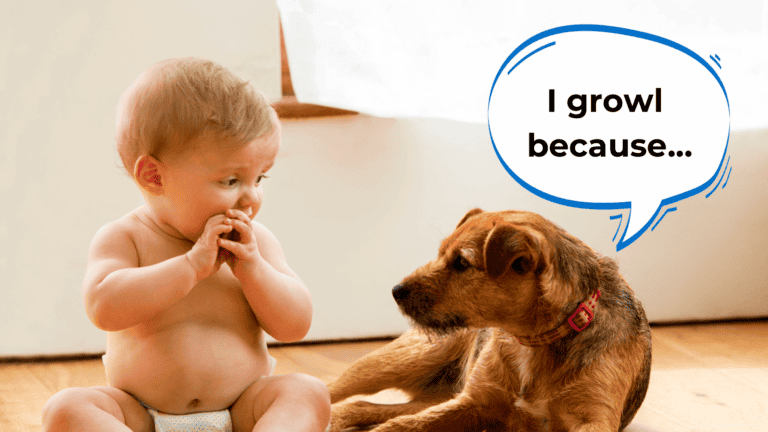
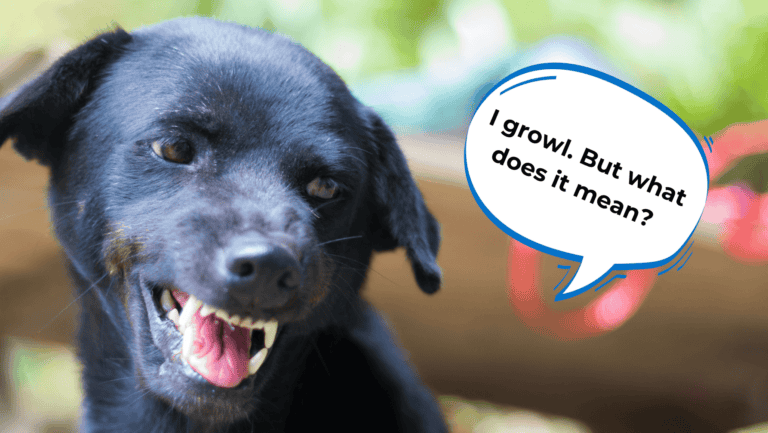

6 Responses
Hello!
I have a Finnish dog dog 14 months old, she was very afraid of rockets on New Year’s Eve. She turned off and did not move from her hideaway, so I put on her collar and tightened it so she started walking. She has had big problems now with all kinds of sounds. Today she responded when I used a staple gun, she shut down as on New Year’s Eve. What can I do? Tried calm freezer and walked into the garden and walked, stopped, start and change.
I also have other problems with her that she only attempts young dogs and puppies and she pushes down to the ground and groals. Older dogs can she play with.
She whines as I go to town with her. She barks out birds and other dogs and barks out people at a distance.
If I have her loose at home she runs about 200 meters but comes when I call out, i do not like she running so far away, so now I use long lines.
At home, I have been able to stop her from barking on birds since yesterday. It works well with food, have tried to eat above the food bowl.
Myself i’m whiplash injured so i do not have the energy when she pulls so i have a leash around my waist with a flexi leash. What can i do?
Hi Irene,
There is a lot about our everyday world, like staplers, that dogs find incredibly scary and frightening. You can certainly help ease your dogs anxiety by showing here that she can trust you to keep her safe and these things are in no way a concern to you at all. The other behaviours you mention are actually also really common behaviours that we deal with on my website TheOnlineDogTrainer.com where we show you very clearly how to respond…maybe take a quick look…its a $1 trial for 3 days…all the best Doggy Dan
Is it safe to give a pregnant dog Ivermectin Thanks
Hi Ken, I am always extra cautious when giving medications to pregnant or lactating dogs and so I always speak to my Vet for advice and for peace of mind. So I recommend you run this one past your Vet for their professional advice. Best, Doggy Dan
For the calm freeze technique-what if your dog doesn’t wear a collar?
Hi Michelle,
It will make it a lot easier to perform a Calm Freeze if your dog is wearing a collar but you may only need to have them wear it when you are home with them. If you prefer that they not wear a collar, and you need to use a Calm Freeze, then you can use a soft slip-lead to place around their neck and hold it shorter in length to prevent them from moving around too much. Once they are calm you can remove the lead and go back to what you were doing. Hope that helps, Doggy Dan